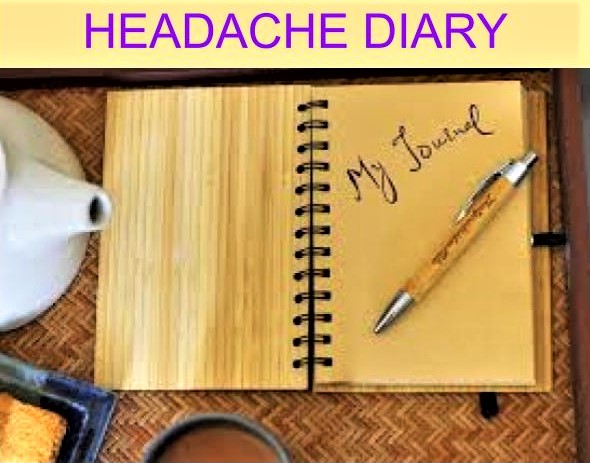
A headache diary is one of the most important tools that will help you and your provider obtain a better understanding of your headaches and identify the best treatment for you. It can be difficult to remember certain details of your headaches and the treatments you are trialing, thus having a diary is the one of the best ways to recall this information.
Your headache diary should include certain information such as the frequency, duration, severity and characteristics of the headache. There are many different types of headaches varying from cluster headache to migraine, documenting these aspects of your headache can help your provider identify the type of headache you are experiencing. Also, depending on the person and the type of headache, certain associated headache symptoms can be very debilitating. Identifying some of your most bothersome associated symptoms can result in additional specific treatments, such as anti-nausea medication for nausea associated with migraine. A headache diary should also include the different treatments you have been trialing, your response and any side effects. Keep in mind some medications may be more effective than others and keeping a diary is a great way to assess this and recall this information.
A headache diary can also be used to help identify your headache triggers. For example, headaches can be triggered by things such as weather changes, stress, hormones and dietary changes. May people have triggers that are unique to them, knowing what exacerbates your headaches can improve treatment and allow treatment to be individualized.
One of the most important reasons to track migraines is to assess their frequency. Someone who experiences migraines might downplay how often they occur without realizing it, which is why a written record is critical. The frequency of your headaches can drastically affect your treatment plan. More than eight headaches a month usually calls for a preventive medication.
There are many different methods of tracking your headaches. Many people use apps such as Migraine Buddy, iHeadache, and Migraine Diary. You can also use excel or a written calendar. Finding the most convenient and helpful method for you will help you be diligent with tracking your headaches.
– Caroline Pruski, NP
